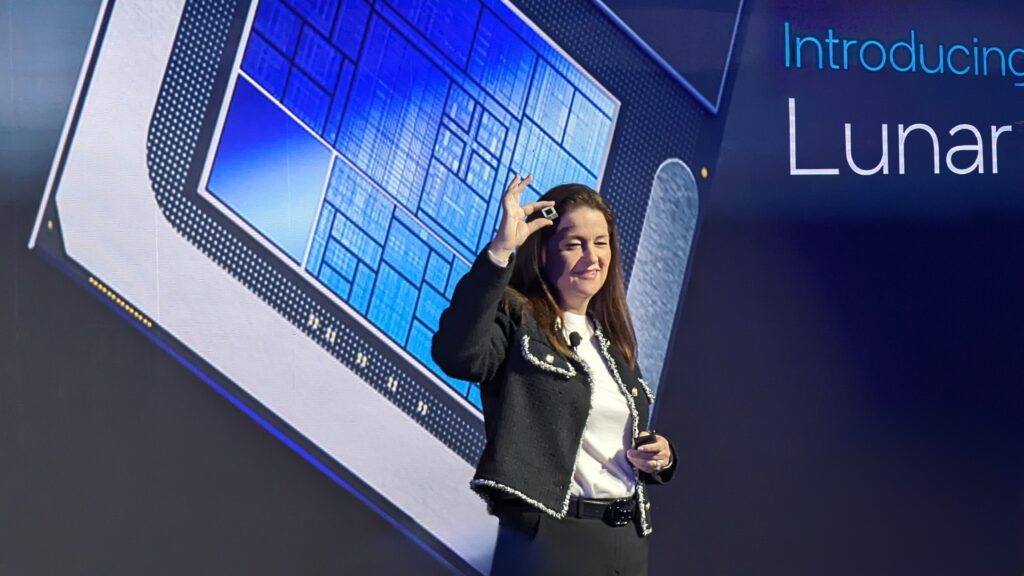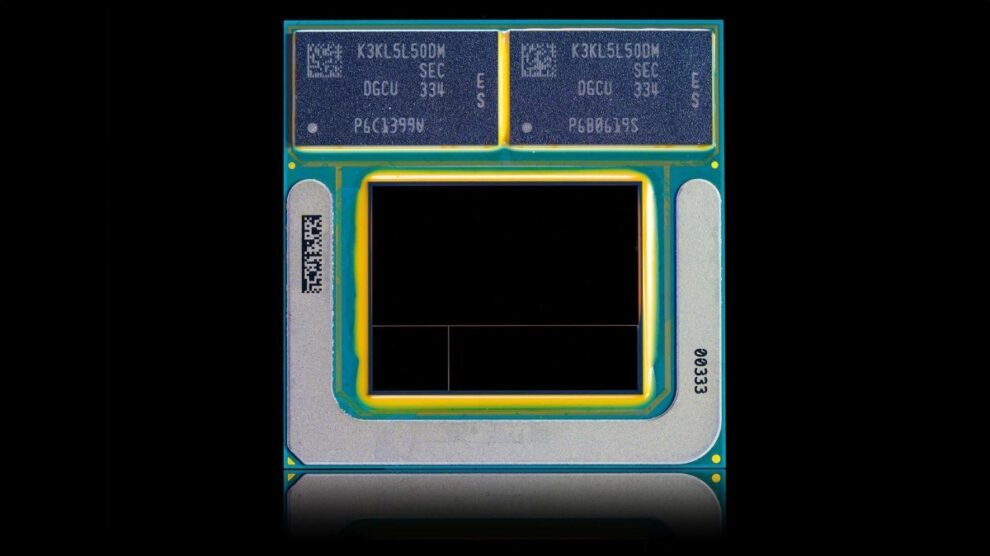The world of mobile processors is set to witness a significant upheaval as Intel unveils its next-generation mobile processor architecture, codenamed Lunar Lake. This groundbreaking design promises to catapult Intel back into the limelight, challenging industry giants like Apple and Qualcomm in terms of performance and efficiency.

A Radical Redesign
Intel’s Lunar Lake represents a bold departure from the company’s previous mobile chip designs. This comprehensive overhaul of the architecture aims to deliver unparalleled performance while significantly reducing power consumption. By reimagining the core components and optimizing the overall design, Intel is poised to set a new standard in mobile processing.
While specific details about the architectural changes are yet to be disclosed, industry experts anticipate a significant leap forward in terms of processing capabilities and energy efficiency. The radical redesign is expected to address the limitations of previous generations and unlock new possibilities for mobile devices.
Unparalleled Performance
One of the key highlights of Lunar Lake is its promise of enhanced performance. Although the article does not provide specific benchmarks, it is clear that Intel aims to deliver faster processing speeds and improved graphics capabilities. This boost in performance will likely translate to smoother multitasking, quicker app launches, and more immersive gaming experiences on mobile devices.
Intel’s focus on performance is crucial in the highly competitive mobile processor market. With consumers demanding ever-increasing speed and responsiveness from their devices, Lunar Lake’s ability to deliver on this front could be a major selling point for manufacturers and end-users alike.
Efficiency at Its Core
In addition to performance gains, Lunar Lake places a strong emphasis on efficiency. Battery life has always been a critical concern for smartphone users, and Intel aims to address this issue head-on. The architectural improvements in Lunar Lake are expected to result in significant enhancements in battery performance, allowing mobile devices to last longer on a single charge.
By optimizing power consumption and minimizing energy waste, Lunar Lake could potentially revolutionize the mobile experience. Users may no longer need to worry about their devices running out of juice during crucial moments or having to constantly search for charging points throughout the day.
Manufacturing Process and Targeted Devices
While the article does not delve into the specifics of the manufacturing process used for Lunar Lake, it is worth noting that this information could provide valuable insights into the potential power efficiency gains. Advanced manufacturing processes, such as 7 nm or 5 nm, have been known to deliver significant improvements in energy efficiency and performance.
Additionally, understanding the targeted devices for Lunar Lake would help gauge its impact on the mobile market. It remains to be seen whether Intel will focus solely on smartphones, expand into the laptop segment, or cater to both markets. Clarity on this aspect would shed light on the potential reach and adoption of Lunar Lake-powered devices.
Competing in a Fierce Market
Intel’s Lunar Lake announcement comes at a time when the mobile processor market is fiercely competitive. Industry leaders like Apple and Qualcomm have been consistently pushing the boundaries of performance and efficiency with their own chip designs. It will be interesting to see how Lunar Lake stacks up against the upcoming offerings from these rivals.
To truly make a mark, Intel will need to demonstrate significant advantages in terms of raw performance, energy efficiency, and overall user experience. Benchmarks and real-world tests will ultimately determine whether Lunar Lake can live up to its promise and give Intel a much-needed edge in the mobile processor race.
Looking Ahead
The unveiling of Intel’s Lunar Lake architecture marks an exciting chapter in the evolution of mobile processors. With its radical redesign, focus on performance, and emphasis on efficiency, Lunar Lake has the potential to be a game-changer in the industry.
As more details emerge about the specific improvements and capabilities of Lunar Lake, it will be fascinating to see how it compares to the offerings from competitors like Apple and Qualcomm. The mobile processor market is ripe for disruption, and Intel’s bold move with Lunar Lake could be the catalyst for a new era of innovation and competition.
Consumers and tech enthusiasts alike should keep a close eye on the development and release of Lunar Lake-powered devices. The potential for enhanced performance, longer battery life, and an overall improved user experience is tantalizing. If Intel can deliver on its promises, Lunar Lake could very well be the architecture that redefines mobile computing and propels Intel back to the forefront of the industry.
As the anticipation builds, it is clear that Intel’s Lunar Lake has the potential to shake up the mobile processor landscape. With its radical design, performance gains, and efficiency improvements, Lunar Lake could be the key to Intel’s resurgence in the mobile market. The future looks bright for mobile computing, and Intel’s Lunar Lake is poised to lead the charge.










Add Comment